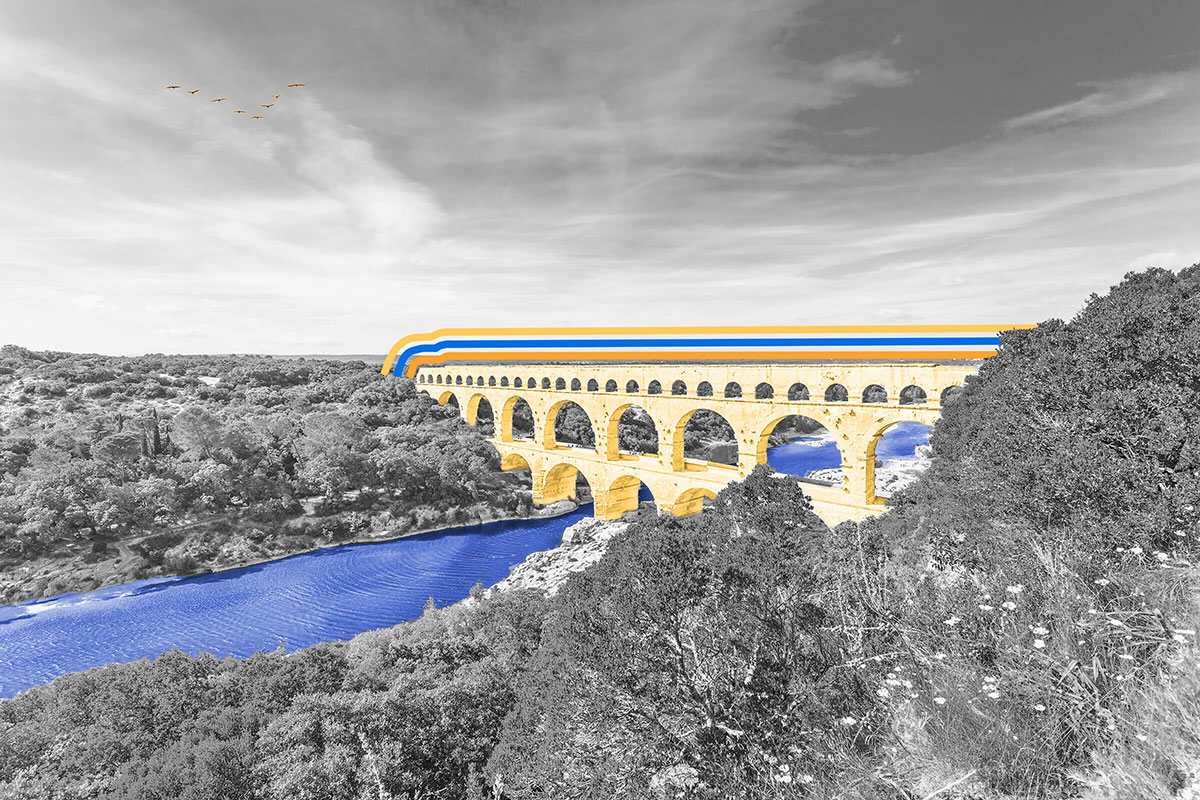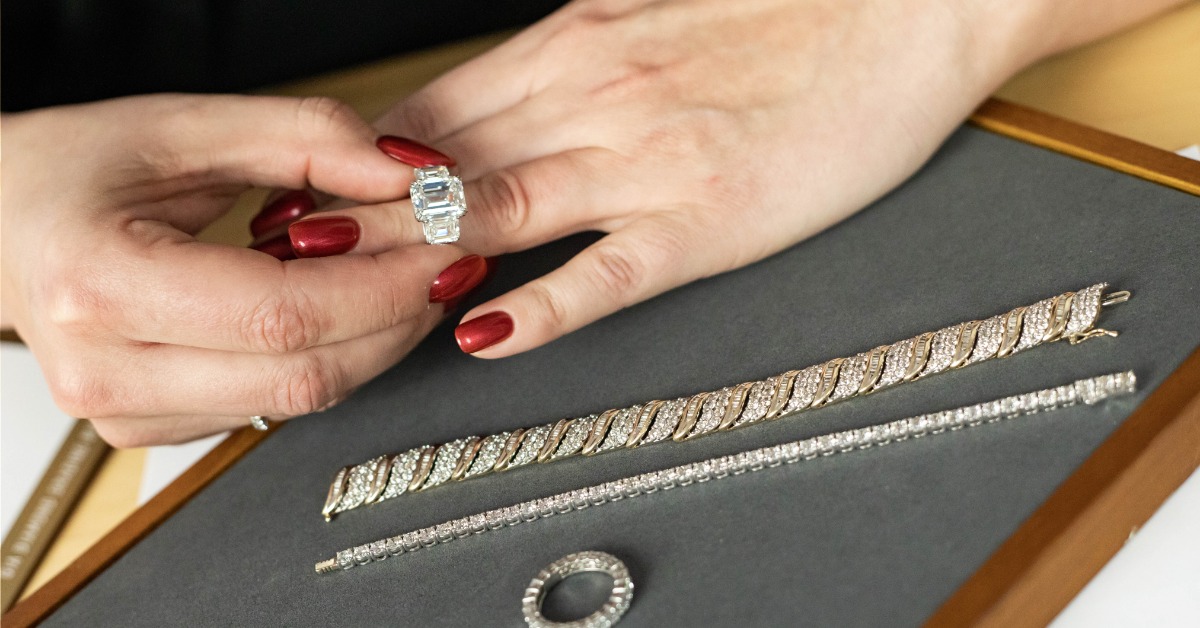| "If it ain't broke, don't fix it" is a motto that works well for Rome. Because of the incredibly advanced craftsmanship of ancient Rome's architects, as well as their remarkably long-lasting building materials (more on that below), many of the ancient empire's most marvelous construction projects can still be seen by millions of tourists today — some 6 million people visit the Colosseum each year alone. However, the most amazing engineering achievement might be Rome's eye-catching aqueducts, one of which still supplies Rome with water millennia after it was built. While the Romans didn't invent the aqueduct — primitive irrigation systems can be found in Egyptian, Assyrian, and Babylonian history — Roman architects perfected the idea. In 312 BCE, the famed Roman leader Appius Claudius Caecus erected the first aqueduct, the Aqua Appia, which brought water to the growing population of the Roman Republic. Today, the Acqua Vergine — first built during the reign of Emperor Augustus in 19 BCE as the Aqua Virgo — still supplies Rome with water more than 2,000 years after its construction (though it's been through several restorations). The main reason for the aqueduct's longevity, along with that of many of Rome's ancient buildings, is its near-miraculous recipe for concrete. An analysis by the Massachusetts Institute of Technology discovered that Roman concrete could essentially self-heal due to its lime clasts (small mineral chunks) and a process known as "hot mixing" (mixing in the lime at extremely high temperatures). Today, researchers are studying how the material functioned in the hopes of applying secrets from the "Eternal City" to today's building materials. | 






No comments:
Post a Comment